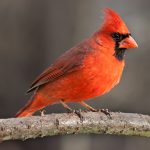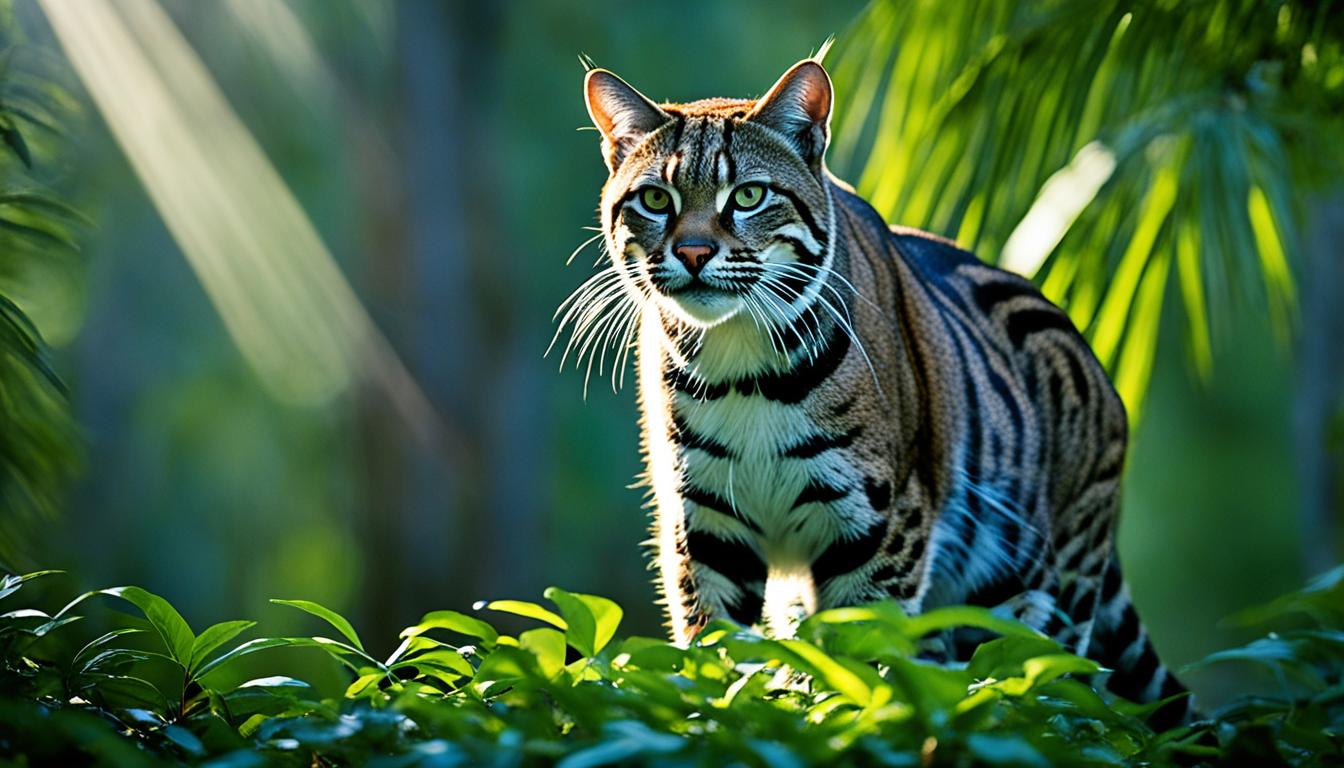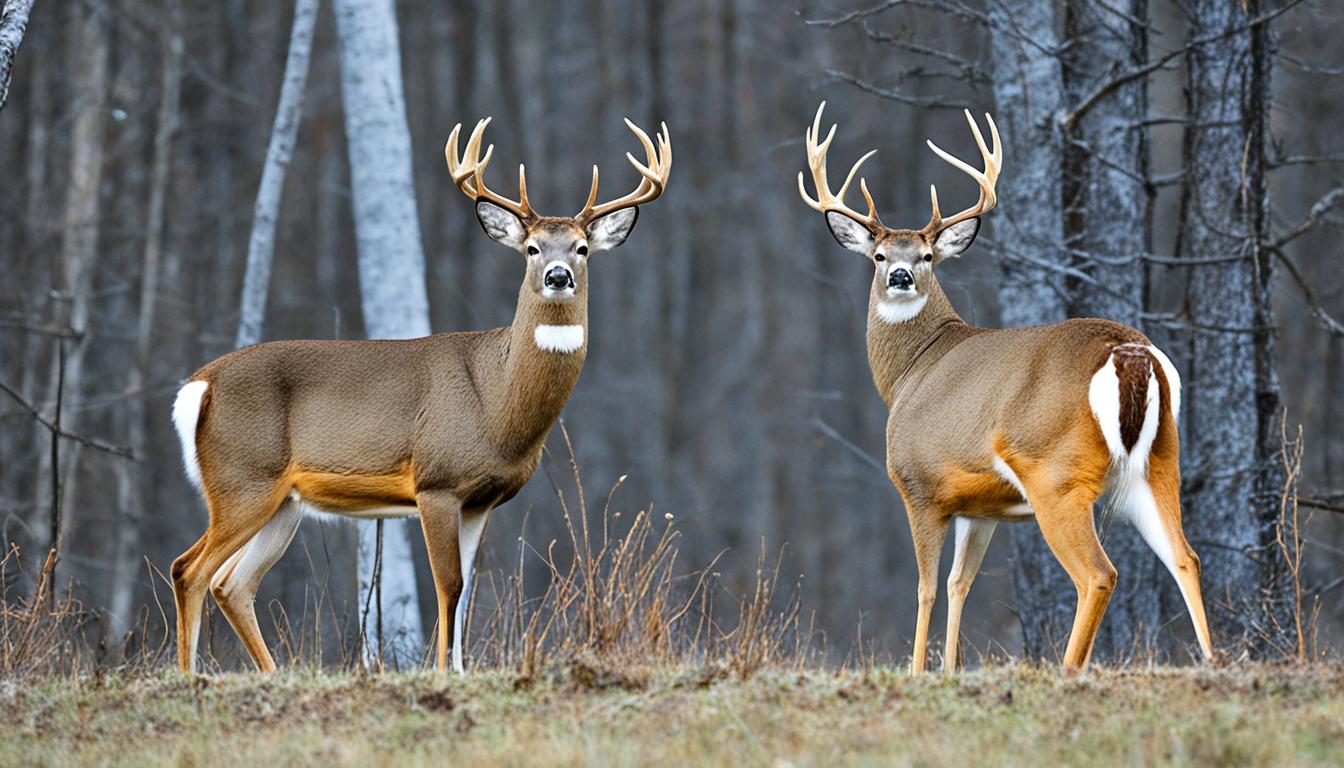Toucans are endangered due to deforestation and hunting, which are both contributing factors to their extinction.
Toucans are threatened with extinction because they reside on the fringes of rainforests, which are being destroyed by deforestation.
Aside from that, they are threatened by poaching since nearly everything on the toucan may be sold or transformed into a range of other goods.
How has the Toucan adapted to the rainforest?
To communicate with one another, toucans toss fruit at each other rather than shouting out to one another.
Through the evolution of sharp claws, large curved beaks, and color-changing feathers that allow them to blend in with their surroundings, toucans have adapted to living in jungles across the world.
The toucan’s brilliant colors serve as camouflage as it soars above the canopy of the jungle.
Because of the size of its bill, it can reach fruit on branches that are too small for it to carry, as well as for feeding and hydrating itself.
They are quite sturdy and resilient, despite the fact that the toucan’s legs are rather short.
The toucans, in addition to being loud, are also awful flyers. Despite the fact that toucans vary in a range of forms and sizes, they all like to live in habitats that are very similar to the ones described above.
Its native habitat is a rainforest, namely a tropical rainforest, in which toucans may be found in large numbers.
It is preferable for them to dwell in warm climates with plenty of rainfall, but they will also survive in cooler climates.
Most of them choose to live in Central and South America, where they will construct a nest in the hollowed-out trunk of a tree that will serve as their preferred home.
In order to make itself more comfortable when nesting, a toucan bends its head back to make itself more comfortable, then places its bill behind its back and tucks it behind one of its wings to make itself more comfortable.
Toucans make their nests in tree cavities, which they use to protect their young. They frequently take up home in holes dug by woodpeckers that have been left unattended.

Which environment is best for toucans to live in?
Additionally, a tiny proportion of toucans have made the decision to live primarily in mountainous areas.
Toucans may be found in the highlands, where they live under a canopy of trees that reaches the tops of the tallest mountains.
In the trees, toucans may get all of the food they require, which makes this a great environment for them to live in.
During the morning hours, toucans spend most of their mornings looking for food among the fruit trees in their native habitat.
They then travel greater distances away from their natural habitat in search of other fruit trees in order to get additional nourishment.
What strategies do toucans use to stay alive in the rainforest?
In order to conceal the colors of their feathers, toucans live in tree holes, tucking their brightly colored beaks behind their wings and lifting their tail feathers over their heads.
In order to avoid predation, toucans blend with their surroundings, making them more difficult to identify and locate.
What kind of habitat do toucans prefer?
These birds may be found in the rainforest’s canopy, which is the highest layer of the tallest trees and is where they spend most of their time residing.
Can Raccoons in Rainforest Areas Transmit Rabies to Toucans?
Raccoon rabies transmission facts and risks are a concern in rainforest areas. While raccoons can carry and transmit rabies, the likelihood of them transmitting the disease to toucans is low. However, it is crucial to understand the risks associated with raccoon encounters and take necessary precautions to prevent any potential transmission of rabies to wildlife in rainforest habitats.
What adaptations have toucans made to their environment?
The toucan’s brilliant colors help it blend in with its environment under the rainforest canopy, where it may be seen flying about.
In order to reach fruit on branches that are too small to carry it, the bird’s beak is essential, as is its ability to eat and hydrate itself.
In spite of the fact that the toucan’s legs are little, they are incredibly strong. Toucans are notoriously bad flyers, and they make a lot of noise while doing it.










